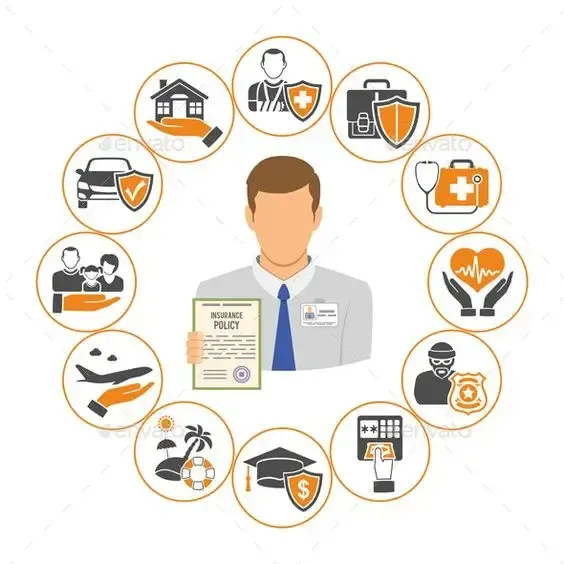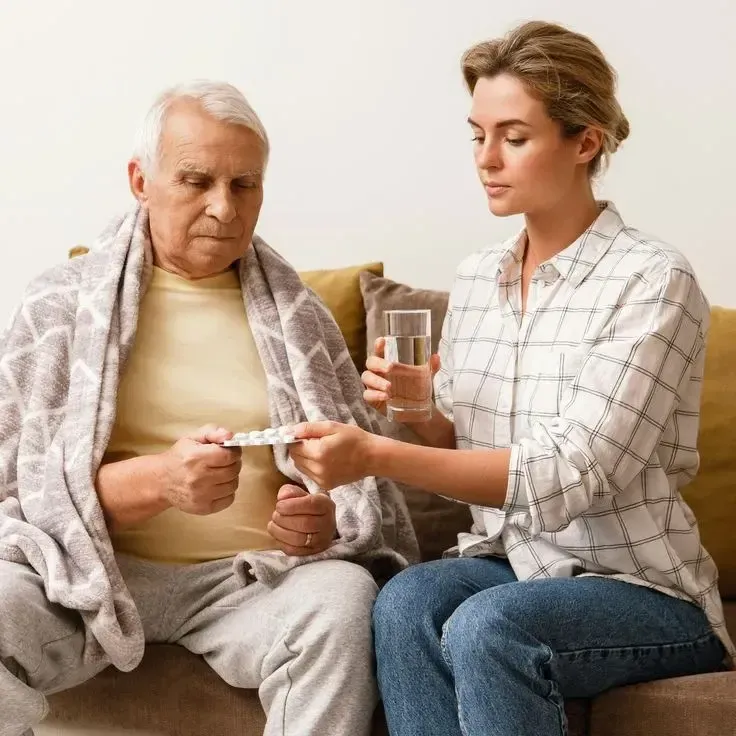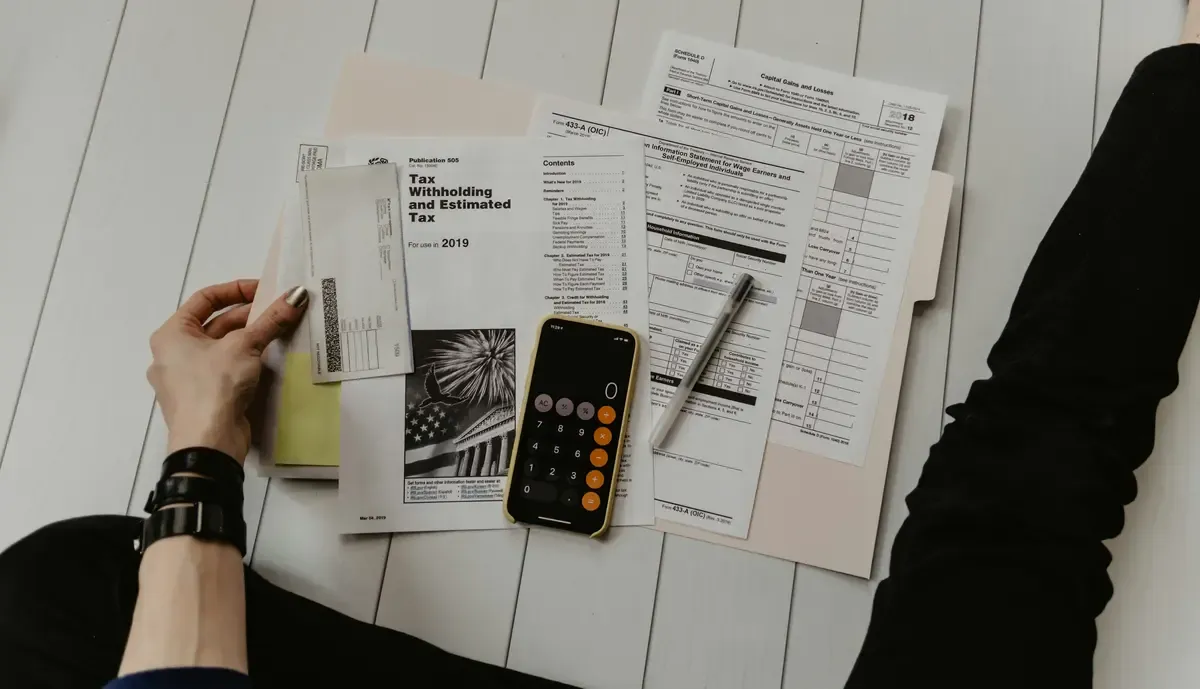What is carbon poisoning and how can you deal with it? Carbon poisoning occurs when you breathe in carbon monoxide, a harmful gas that can be produced by burning fuels. This article will teach you how to spot and treat carbon poisoning, and how to protect yourself and your loved ones from it.
Carbon poisoning, also known as carbon monoxide poisoning, is a serious condition that can happen when you breathe in too much carbon monoxide (CO). CO is a colorless, odorless, and tasteless gas that is produced by burning fuels such as gas, wood, coal, or charcoal. CO can build up in enclosed or poorly ventilated spaces, such as garages, fireplaces, stoves, furnaces, or cars.
Symptoms of Carbon Poisoning
Carbon poisoning can cause various symptoms, depending on how much CO you are exposed to and for how long. Some common symptoms are:
- Headache
- Dizziness
- Nausea
- Vomiting
- Weakness
- Confusion
- Chest pain
- Shortness of breath
In severe cases, carbon poisoning can lead to:
- Loss of consciousness
- Seizures
- Coma
- Brain damage
- Death
What to Do If You Suspect Carbon Poisoning
If you think you or someone else has carbon poisoning, you should:
- Get out of the source of CO as soon as possible. Move to a place with fresh air, such as outdoors or near an open window or door.
- Call for emergency help. Dial 911 or your local emergency number and tell them you suspect carbon poisoning. They will send an ambulance and paramedics to treat you and take you to the hospital.
- If you can, check the pulse and breathing of the person who is unconscious or not responding. If they are not breathing or have no pulse, start CPR (cardiopulmonary resuscitation) until help arrives.
- Do not go back into the source of CO until it is safe. The CO level may still be high and dangerous. Wait for the fire department or a qualified technician to inspect and fix the problem.
How to Prevent Carbon Poisoning
Carbon poisoning can be prevented by taking some simple steps, such as:
- Install CO detectors in your home and check them regularly. CO detectors are devices that alert you when the CO level is too high. They should be placed near sleeping areas and on every level of your home. Follow the manufacturer's instructions on how to install, test, and replace them.
- Have your heating system, water heater, and any other gas, oil, or coal burning appliances serviced by a qualified technician every year. They can check for leaks, cracks, or malfunctions that could cause CO to escape.
- Never use a generator, grill, camp stove, or other gasoline or charcoal-burning device inside your home, basement, garage, or near a window. These devices can produce a lot of CO that can quickly fill up your space.
- Never leave a car running in a garage, even if the garage door is open. CO from the exhaust can build up in the garage and seep into your home.
- Never use a gas oven or stove to heat your home. This can cause CO to accumulate in your kitchen and other rooms.
- Be aware of the symptoms of carbon poisoning and act quickly if you notice them. Do not ignore them or assume they are caused by something else. Carbon poisoning can be fatal if not treated promptly.
Conclusion
Carbon poisoning is a serious and potentially life-threatening condition that can happen when you breathe in too much carbon monoxide. It can cause various symptoms, such as headache, dizziness, nausea, confusion, and loss of consciousness. If you suspect carbon poisoning, you should get out of the source of CO, call for emergency help, and start CPR if needed. You can prevent carbon poisoning by installing CO detectors, servicing your appliances, and avoiding using fuel-burning devices indoors. By following these tips, you can protect yourself and your loved ones from carbon poisoning.


























